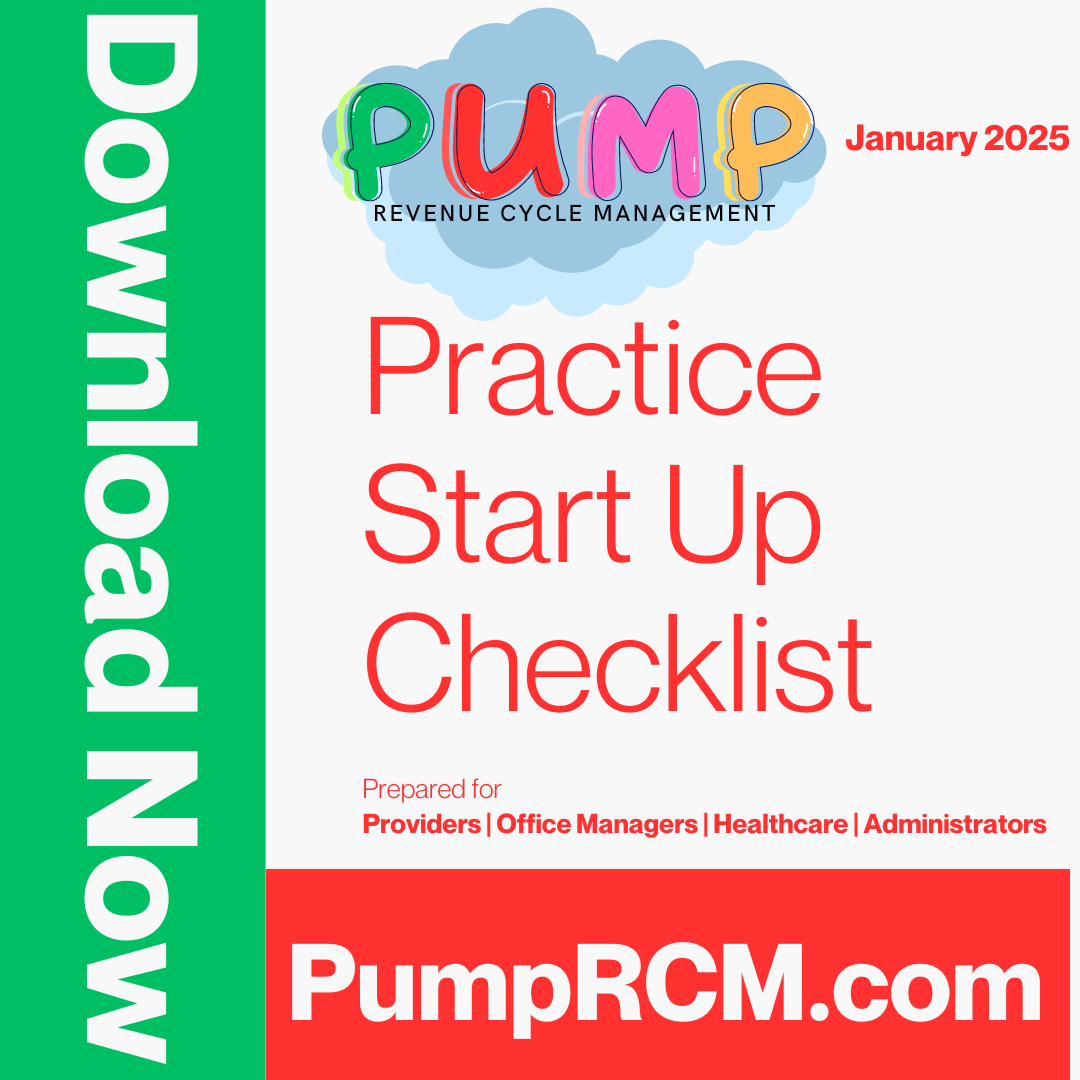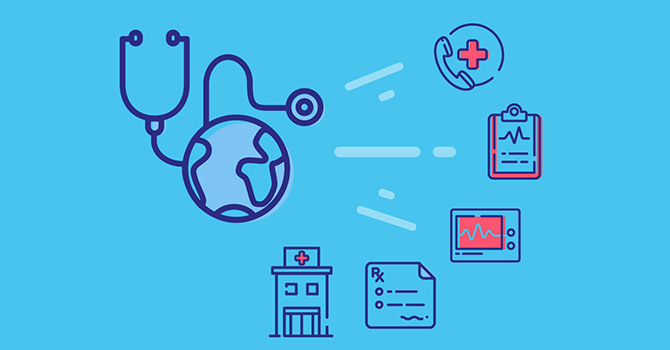Leading Healthcare RCM Approaches for Better Financial Efficiency
Wiki Article
A Comprehensive Overview on Exactly How Medical Care RCM Functions to Improve Billing and Collections
Browsing the intricacies of medical care income cycle management (RCM) is important for service providers aiming to enhance their payment and collections processes. The overview unloads the complexities of RCM, from patient registration to accounts receivable monitoring, supplying understandings right into enhancing each step. Incorporating advanced innovation and standardized treatments can dramatically lower case rejections and speed up settlement cycles. Yet, real challenge hinges on flawlessly merging these aspects to improve cash money flow. As we explore the core elements and techniques that drive performance, one concern remains: exactly how can healthcare entities finest setting themselves to thrive economically in an ever-evolving sector?Understanding Earnings Cycle Monitoring
Realizing the details of Income Cycle Management (RCM) is essential for healthcare companies aiming to maximize their financial performance. RCM is a critical management function that includes the whole monetary procedure of individual care, from the initial appointment readying to the last repayment of the balance. It is a complex procedure developed to recognize, gather, and take care of the revenue from the solutions provided to people. Reliable RCM makes sure that healthcare service providers get prompt and accurate settlements, decreasing the danger of revenue loss and boosting capital.The RCM process starts when a patient routines an appointment and prolongs with the individual's care journey, including payment and collections. An essential goal is to decrease the time in between providing a service and getting payment, therefore improving the organization's financial health and wellness. RCM entails numerous features such as patient enrollment, insurance verification, fee capture, coding, asserts submission, settlement posting, and managing rejections and allures.
Key Components of RCM
In the world of Profits Cycle Monitoring (RCM), comprehending its vital components is fundamental to achieving financial performance within healthcare companies. RCM is a detailed process that includes various stages, each important to ensuring efficient invoicing and collections. The key elements consist of client registration, insurance policy verification, fee capture, coding, claim submission, payment uploading, and receivable administration.:max_bytes(150000):strip_icc()/health_care_sector.asp_Final-a32bc5773ace4e71b4e7dbbfd9b697f2.jpg)

When coded, claims are submitted to payers, where precision is extremely important to prevent beings rejected or delays - Healthcare RCM. Settlement publishing involves tape-recording the gotten settlements, which enables the reconciliation of accounts. Finally, accounts receivable monitoring focuses on tracking and resolving overdue insurance claims, making certain timely follow-up and resolution
Each part of RCM is interconnected, and inadequacies in any type of part can interfere with the entire cycle. As a result, understanding these aspects is essential for medical care providers to optimize earnings and boost their monetary wellness.
Approaches for Effective Payment

Systematizing billing procedures throughout the company is another essential technique. Developing clear guidelines for documents, coding, and submission aids preserve uniformity resource and conformity with governing needs. Educating staff frequently on these treatments makes sure every person is current with the most recent changes in invoicing codes and payer policies.
Accurate fee capture is important in preventing revenue leakage. Applying routine audits and tracking systems allows for the recognition and adjustment of this page disparities before they impact earnings. Additionally, maintaining open lines of interaction with payers assists to promptly solve any kind of conflicts or misconceptions that may arise.

Lastly, appealing people early in the payment procedure by giving clear estimates and academic products regarding their financial obligations can substantially minimize confusion and enhance repayment timeliness. These techniques collectively add to a more financially healthy and balanced and effective invoicing system.
Enhancing Collections Procedures
Given the intricacies of medical billing and the variety of payer needs, improving the collections process involves implementing tactical procedures that make certain timely and exact settlement of solutions rendered. Automation tools can aid in tracking case conditions, sending timely tips to individuals, and handling denials much more successfully.Educating staff to understand the subtleties of insurance policy policies and billing codes is just as vital. This knowledge empowers them to deal with billing disparities rapidly and communicate efficiently with patients concerning their monetary obligations. Furthermore, transparent and clear individual interactions are vital. Supplying thorough explanations of costs and using flexible payment strategies can enhance individual complete satisfaction and punctual payments.
Regular audits of the collections procedure need to be conducted to determine areas for improvement and make sure conformity with guidelines. By evaluating data, healthcare companies can recognize fads, anticipate prospective problems, and adjust strategies as necessary (Healthcare RCM). Inevitably, a well-enhanced collections process not just sustains economic health yet additionally adds to an extra seamless more tips here experience for patients and personnel alike
Optimizing Income Streams
Building upon the foundation of a strong collections procedure, healthcare companies can better reinforce their monetary stability by tactically optimizing earnings streams. This involves a multi-faceted strategy, starting with an extensive analysis of existing earnings resources to identify inadequacies and locations for growth. Employing innovative information analytics tools makes it possible for companies to gain insights into payer mix, client demographics, and solution application patterns, enabling data-driven decisions that improve income capture.Applying automated payment systems can substantially minimize errors and expedite cases processing, guaranteeing that profits is collected more efficiently. In addition, enhancing payer agreements through regular arrangements can boost reimbursement prices and terms, directly affecting the lower line. Branching out service offerings, such as incorporating telehealth or health care, can likewise attract a wider client base, therefore raising earnings capacity.
Another important component is improving person engagement and complete satisfaction, as satisfied clients are most likely to comply with therapy strategies and make timely repayments. Offering versatile payment alternatives and transparent invoicing methods can improve collections and foster patient loyalty. Healthcare RCM. By taking on these strategies, healthcare companies can develop a more durable monetary framework, ensuring continual development and security in an ever-changing industry landscape
Verdict
In conclusion, medical care Revenue Cycle Monitoring (RCM) plays a crucial function in optimizing invoicing and collections processes by incorporating essential elements such as person enrollment, insurance confirmation, cost capture, coding, declares submission, and accounts receivable monitoring. By employing sophisticated innovation, standardizing procedures, and promoting person involvement, doctor can significantly lower claim denials, accelerate repayment cycles, and improve capital. This thorough strategy to RCM inevitably causes boosted economic performance and sustainability for medical care organizations.The RCM process begins when a client schedules a consultation and extends through the individual's care journey, including payment and collections.An additional crucial element is improving patient engagement and fulfillment, as pleased clients are a lot more likely to adhere to therapy strategies and make prompt settlements. Providing flexible payment choices and transparent billing methods can boost collections and foster patient loyalty.In final thought, medical care Profits Cycle Administration (RCM) plays an important function in enhancing invoicing and collections procedures by incorporating vital parts such as client enrollment, insurance coverage confirmation, charge capture, coding, declares submission, and accounts receivable monitoring. By using advanced modern technology, standardizing procedures, and promoting individual interaction, health care suppliers can significantly reduce insurance claim denials, speed up settlement cycles, and boost cash circulation.
Report this wiki page